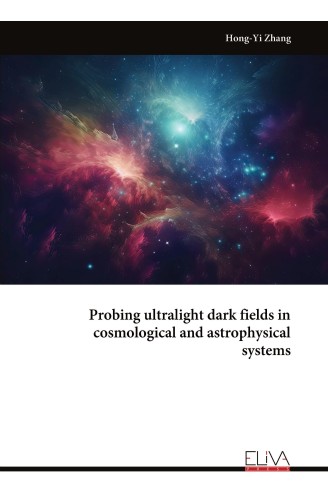Description
Dark matter constitutes 26% of the total energy in our universe, but its nature remains elusive. Among the assortment of viable dark matter candidates, particles and fields with masses lighter than 40eV, called ultralight dark matter, stand out as particularly promising thanks to their feasible production mechanisms, consistency with current observations, and diverse and testable predictions. In light of ongoing and forthcoming experimental and observational efforts, it is important to advance the understanding of ultralight dark matter from theoretical and phenomenological perspectives: How does it interact with itself, ordinary matter, and gravity? What are some promising ways to detect it? This book aims to explore the dynamics and interaction of ultralight dark matter and other astrophysically accessible hypothetical fields in a relatively model-independent way. Without making specific assumptions about their ultraviolet physics, we first demonstrate a systematic approach for constructing a classical effective field theory for both scalar and vector dark fields and discuss conditions for its validity. Then, we explore the interaction of ultralight dark fields, both gravitational and otherwise, within various contexts such as nontopological solitons, neutron stars, and gravitational waves.




